Lenovo ThinkBook Plus Gen 5 Hybrid hands-on review: Android tablet meets Windows laptop
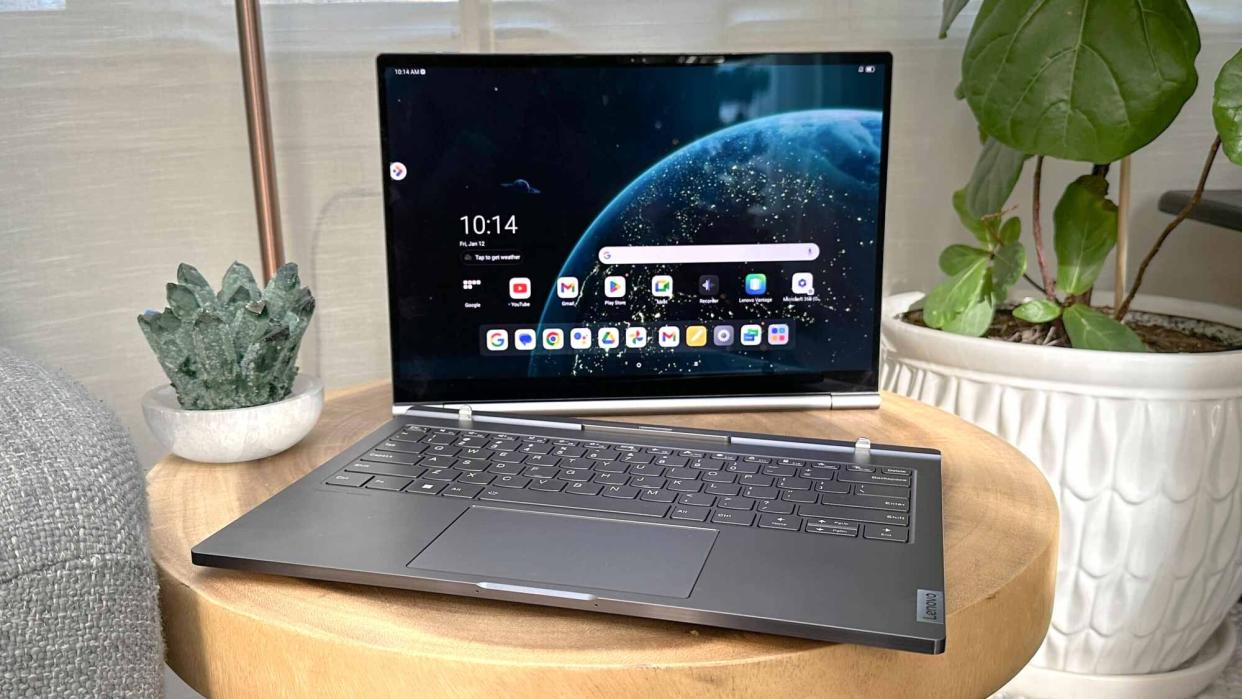
The Lenovo ThinkBook Plus Gen 5 is a 2-in-1 laptop in the most literal sense. Its display is a fully functional Android 13 tablet while its keyboard base (Hybrid Station) is a Windows 11 laptop featuring an Intel Meteor Lake CPU.
You can snap off the display to use it as a tablet while keeping the keyboard base connected to an external monitor. You can also switch between Android and Windows modes with the press of a button.
Though somewhat pricey at $1,999, the ThinkBook Plus Gen 5 seems like a compelling combo. Will it find its way into our best 2-in-1 laptops and list? Read my early impressions to find out.
Lenovo ThinkBook Plus Gen 5 Hybrid hands-on review: Specs
Lenovo ThinkBook Plus Gen 5 Hybrid hands-on review: Price and availability
The Lenovo ThinkBook Plus Gen 5 will be available sometime in Q2 2024 for $1,999.
The Windows 11 Hybrid Station packs an Intel Core Ultra 7 CPU with Intel Arc integrated graphics, 32GB of RAM and 1TB of storage. The Android 13 Hybrid Tab runs on a Snapdragon 8+ Gen 1 CPU with Qualcomm Adreno graphics and has 12GB of RAM and 256GB of storage. This is the only configuration that we know of time of writing.
Lenovo ThinkBook Plus Gen 5 Hybrid hands-on review: Design and display
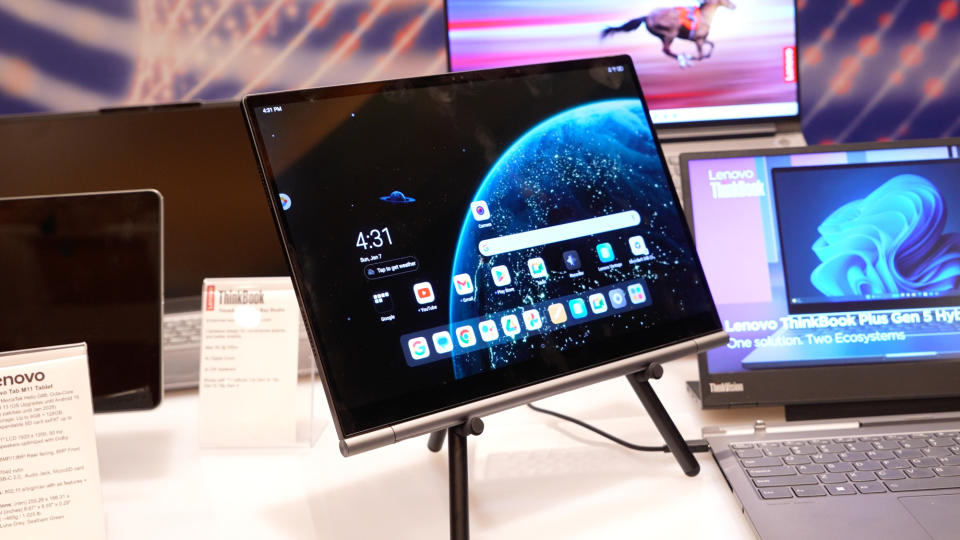
At first glance, the ThinkBook Plus Gen 5 Hybrid is almost indistinguishable from the best laptops. However, its visible hinge and the two cameras on the “lid” let you know this isn’t your ordinary laptop.
The ability to remove the display/tablet from the keyboard base isn’t new since we’ve seen that in machines like the Microsoft Surface Pro 9 (among others). The kicker is that the tablet (Hybrid Tab) and base (Hybrid Station) are two separate computing devices. That makes the ThinkBook Gen 5 Hybrid unique … and exciting.
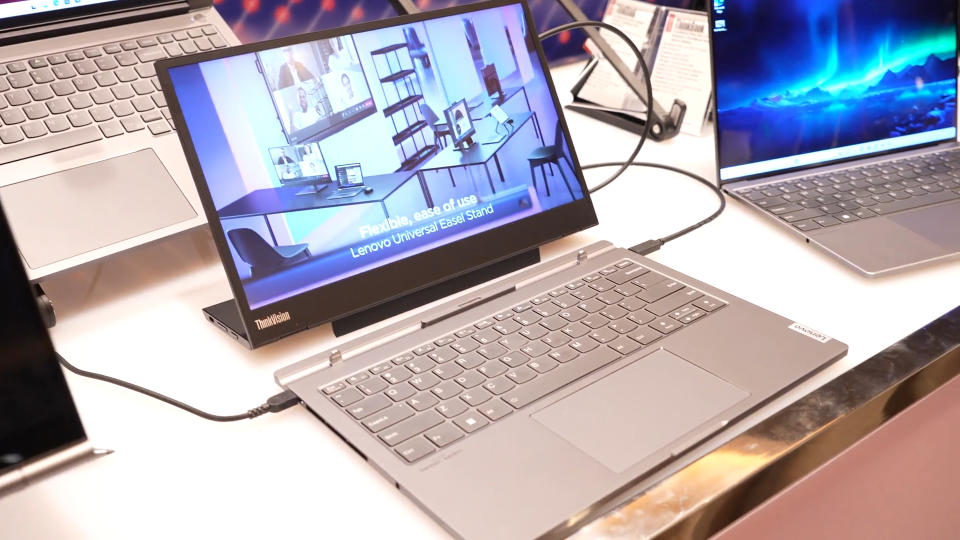
Removing and inserting the tablet from the keyboard isn't easy. The strong magnetic connection ensures the base or tablet won’t easily separate, but it also means you need to apply a decent amount of force to snap the components apart — which can be a little scary. This might get easier with practice, but it's hard to tell right now.
The Hybrid Tab measures 12.3 x 8.8 x 0.2 inches and weighs 1.7 pounds. It’s a sturdy slate that feels good to hold. It has the dual-tone design of the Lenovo Tab M10 Plus Gen 3 and the company’s other tablets. The rounded portion (hinge) on the tablet’s bottom/left side disturbs the otherwise flat surface but makes it easier to hold with one hand. The rear cameras stick out a bit on the back but not by much.
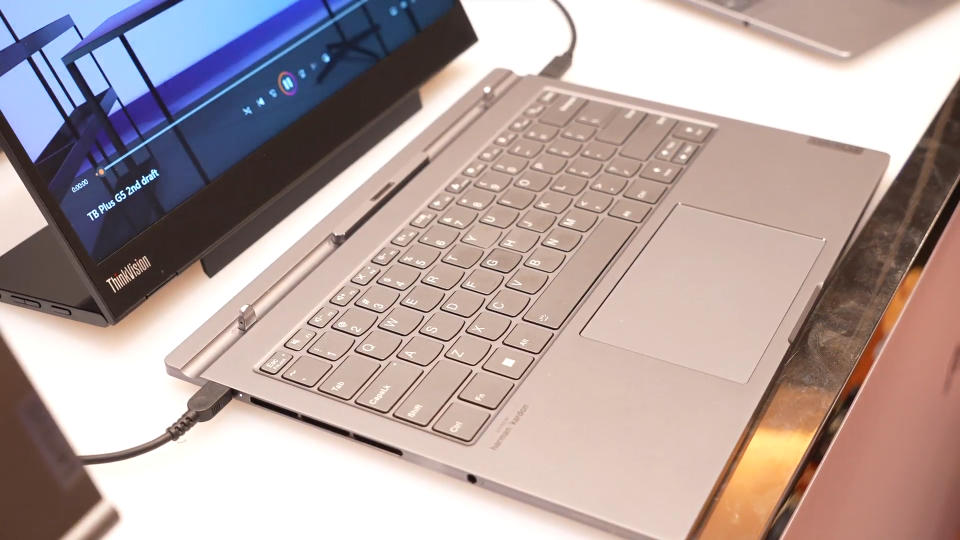
The Hybrid Station is 12.3 x 9.2 x 0.3 inches and weighs 2.1 pounds. Design-wise, it’s a standard keyboard deck — except that it has a connector and two pins for connecting the tablet. The keys feel nice to type on and have decent travel distance. I also liked the smooth and responsive touchpad, which is just as spacious as the keyboard. If you want, you can connect the Hybrid Station to one of the best monitors (via USB-C) and use it as a computer. Remember, this is a Windows machine at its core.
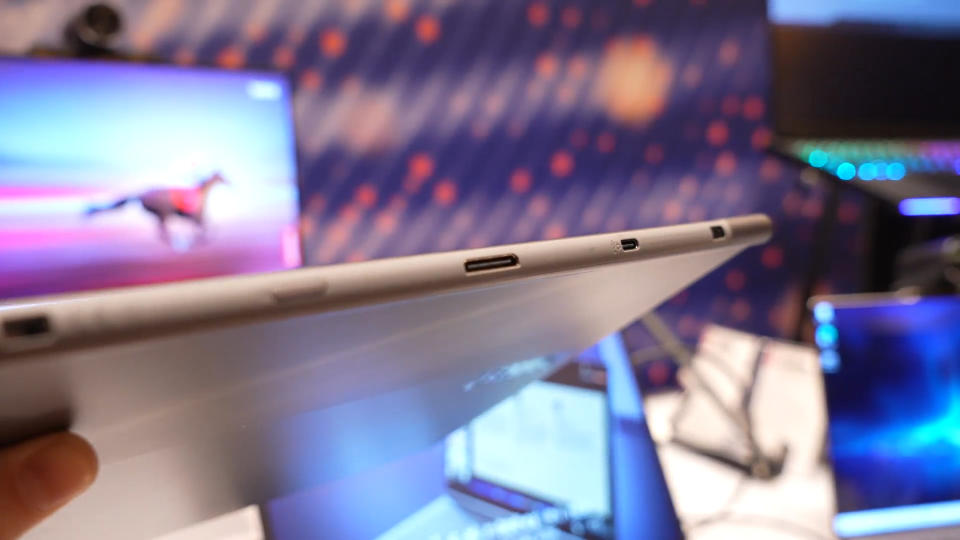
There are a grand total of three Thunderbolt 4/USB-C ports — two on the Hybrid Station and one on the Hybrid Tab. The keyboard base also has a 3.5mm headphone jack. That’s not a lot of ports, but both devices utilize Bluetooth if you need to connect to peripherals like the best wireless keyboards or the best wireless mice.
Whether in tablet or laptop mode, you’ll get a 14-inch 2.8K OLED display. We’ll need to get the ThinkBook Plus Gen 5 Hybrid into our testing lab to see what its panel can do, but I found it sufficiently bright and colorful when I checked out this device. The OLED panel should make watching streaming videos a pure joy.
Lenovo ThinkBook Plus Gen 5 Hybrid hands-on review: Features and battery capacity
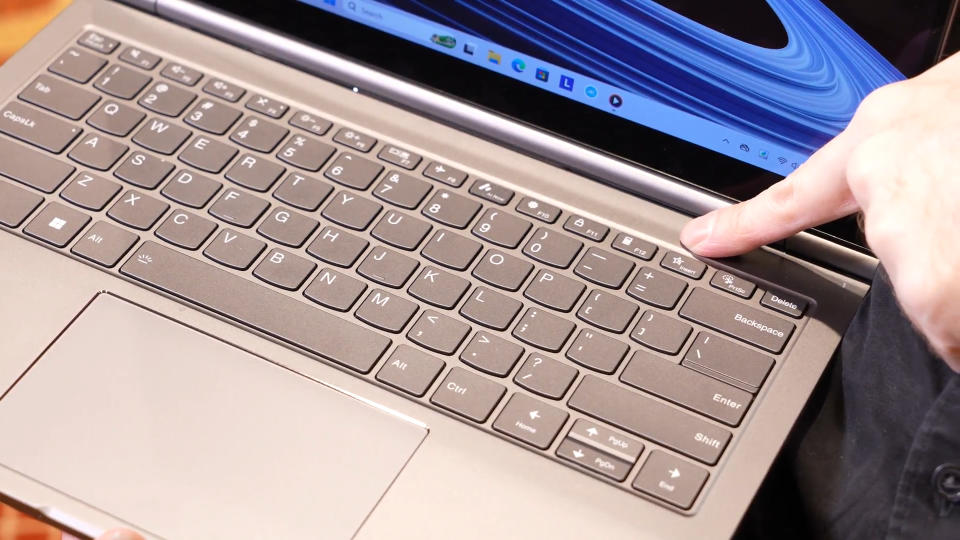
As the “hybrid” moniker suggests, the ThinkBook Plus Gen 5 Hybrid combines an Android tablet and a Windows laptop. You can use them together as a laptop or separately as two devices. Doing the latter could be particularly useful if you (for example) want to use the Hybrid Station with your work account and use the Hybrid Tab with a personal account.
When the devices are attached, you can switch between Windows and Android by pressing a function key labeled with a star. Though Lenovo doesn’t want to call this mode an “Android laptop,” it effectively functions that way. Being able to use Android apps with a keyboard and touchpad is a great alternative if you don’t want to use the tablet’s touchscreen. A feature called Hybrid Stream allows the Windows 11 laptop to stream Android apps on screen in a Picture-in-Picture window.
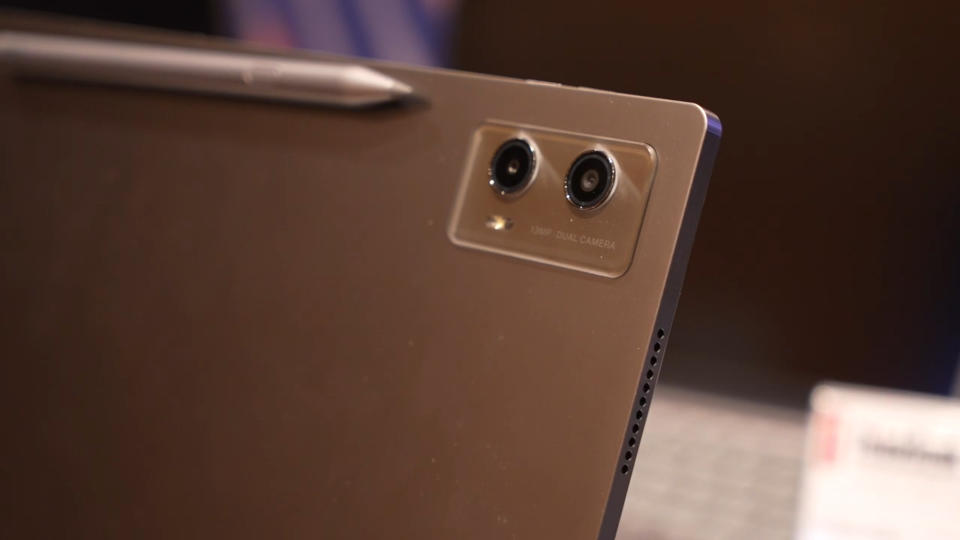
When connected to an external display, the ThinkBook Plus Gen 5 Hybrid acts as one of the best Windows laptops. The Intel Core Ultra 7 “Meteor Lake” CPU with its Neural Processing Unit (NPU) is designed to handle AI-driven tasks more efficiently than processors without an NPU. In that sense, Lenovo’s hybrid machine is an “AI laptop.”
The devices can share content. For instance, if you snap photos with the tablet and then connect it to the keyboard base, all photos will instantly sync. Syncing is possible so long as both devices are connected to the same Wi-Fi network.
The Hybrid Station packs a 75Whr battery while the Hybrid Tab has a 38Whr battery. Lenovo claims the ThinkBook Plus Gen 5 Hybrid (when combined) can last up to 12 hours, but we’ll need to run a battery test on this machine to see if that’s true.
Lenovo ThinkBook Plus Gen 5 Hybrid hands-on review: Outlook
The Lenovo ThinkBook Plus Gen 5 Hybrid is the most unique laptop I saw at CES 2024 since it combines an Android tablet and a Windows laptop into one device. This doesn't seem like a gimmick either, since having two devices could be very useful — especially for folks who use Windows computers and Android tablets. This is a 2-in-1 that’s true to its name … and I’m here for it.
I’ll have to wait until the second quarter of 2024 to see if the Lenovo ThinkBook Plus Gen 5 Hybrid is the ultimate hybrid device. Will its operating systems work as flawlessly as I hope, or will this machine fail to impress? Stay tuned for my eventual review to find out!

